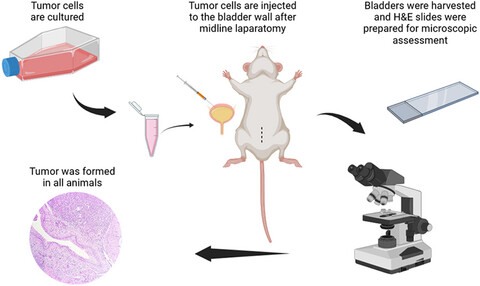Journal list menu
Export Citations
Download PDFs
REGULAR ARTICLES
ORIGINAL ARTICLES
Evaluation of direct intramural injection to the bladder wall as a method for developing orthotopic tumor models
- First Published: 30 November 2022
ORIGINAL ARTICLES
Macrophage inhibitory cytokine-1 induced by a high-fat diet promotes prostate cancer progression by stimulating tumor-promoting cytokine production from tumor stromal cells
- First Published: 27 March 2021
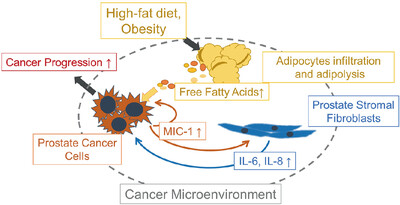
MIC-1 production was increased in PCa cells, which was affected by adipocyte infiltration and adipolysis. MIC-1 directly stimulated the surrounding PrSC cells to secrete protumorigenic cytokines such as IL-8 and IL-6 in the PCa stromal microenvironment, especially under a HFD condition. These upregulated functional cytokines directly and/or indirectly stimulated PCa cell proliferation, invasion, and metastasis.
Junction plakoglobin regulates and destabilizes HIF2α to inhibit tumorigenesis of renal cell carcinoma
- First Published: 16 February 2021

We provide a mechanism by which the tumor suppressor JUP interact with the HIF2α transcription factor in ccRCC cells. JUP downregulation is likely to trigger the aberrant upregulation of HIF2α stability and transactivity, which further exerts effects on tumorigenesis in ccRCC. These results have important implications in both the diagnosis and treatment of RCC.
Incidence rate, basic characteristics, and survival outcomes of bladder squamous cell carcinoma
- First Published: 02 August 2022
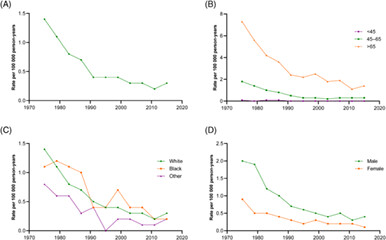
Objective: To explore the incidence rate (IR), clinicopathological characteristics, and prognostic factors of bladder squamous cell carcinoma (BSCC) based on surveillance, epidemiology, and end results (SEER) database. Methods: We extracted the IRs of BSCC from 1975 to 2016 in the SEER database, and plotted the trending curves. Then, the clinicopathological characteristics of BSCC patients diagnosed from 2010 to 2015 were selected and compared with those of patients with urothelial carcinoma (UC) in the same period. Furthermore, differences in overall survival (OS) and cancer-specific survival (CSS) of BSCC and UC patients were compared. Finally, COX regression models were constructed to explore the risk factors affecting OS and CSS in BSCC patients. Results: The IR of BSCC showed a downward trend from 1975 to 2000 and stabilized at about 0.3/100 000 after 2000. BSCC patients had a later stage at diagnosis and worse prognosis when compared with those with UC. Older age, higher TNM stage, no surgical treatment, and unmarried status were significantly related to worse prognosis of BSCC patients. Conclusion: This study explored the IR trends, clinicopathological characteristics, and prognostic factors of BSCC. In the future, prospective, large sample, and well-designed clinical studies are needed to verify our results.
CASE REPORTS
An exceptional prostate cancer case: Importance of cancer screening
- First Published: 03 June 2022
Review Articles
Original Articles: Clinical Investigation
Bladder cancer prospective cohort study on high-risk non-muscle invasive bladder cancer after photodynamic diagnosis-assisted transurethral resection of the bladder tumor (BRIGHT study)
- First Published: 15 March 2022
ORIGINAL ARTICLES: EPIDEMIOLOGY, CLINICAL PRACTICE AND HEALTH
The Mini-Cog: A simple screening tool for cognitive impairment useful in predicting the risk of delirium after major urological cancer surgery
- First Published: 06 March 2022
Original Articles
Acute toxicity and patient-reported symptom score after conventional versus moderately hypofractionated proton therapy for prostate cancer
- First Published: 19 October 2021

The acute adverse event rates and International Prostate Symptom Score (IPSS) up to 6 months in 289 patients treated with hypofractionated (2.5 Gy or 3.0 relative biological effectiveness (RBE)/fraction) versus conventionally fractionated (2.0 Gy(RBE)/fraction) proton beam therapy (PBT). Although significant increases in the IPSS were observed at the end of PBT in all groups, the score had returned to the pre-PBT value, and no significant differences were found in the acute adverse event rates or IPSS among the fractionation schedules early after PBT, suggesting that a shorter treatment course might have greater benefit for patients with localised prostate cancer.
Visualising the urethra for prostate radiotherapy planning
- First Published: 24 May 2021

Whilst traditional diagnostic MRI sequences provide excellent delineation of the prostate, uncertainty often remains as to the true path of the urethra within the gland. This study aims to assess if a high resolution isotropic 3D T2 MRI series can reduce inter-observer variability in urethral delineation for radiotherapy planning.
RESEARCH AND REVIEWS
Research
Dual-energy x-ray absorptiometry assessment of bone health in Australian men with prostate cancer commencing androgen deprivation therapy
- First Published: 27 January 2023
Patterns of care for men with prostate cancer: the 45 and Up Study
- First Published: 04 March 2021
REVIEW ARTICLES
Urine-based liquid biopsy in bladder cancer: Opportunities and challenges
- First Published: 21 February 2023
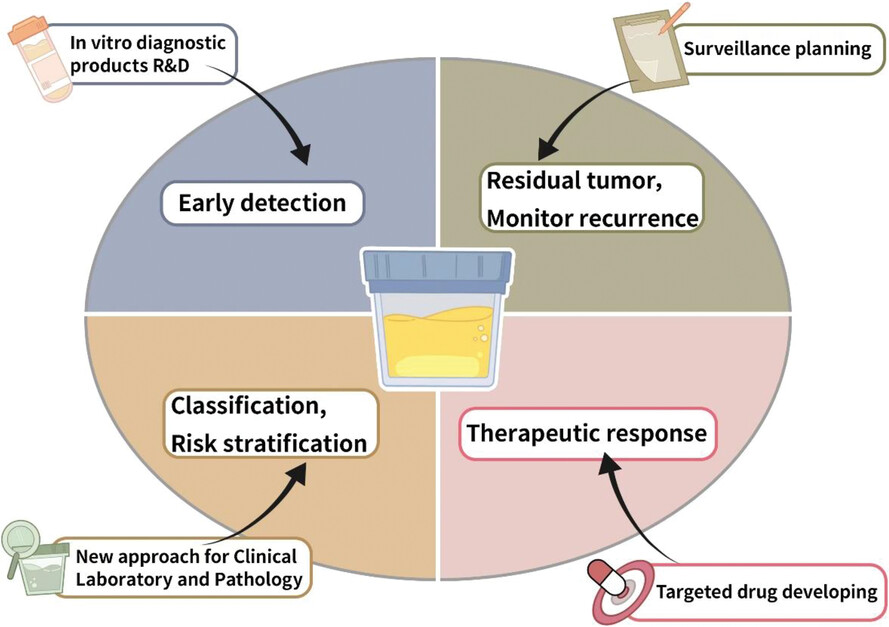
- (1) Development of liquid biopsy has great potential of clinical application in non-invasive detection of tumours.
- (2) Urine-based biomarkers or tests for clinical management in bladder cancer can be widely used for early detection, minimal residual, recurrence monitoring and therapeutic response.
- (3) Many challenges need to be overcomed in the discovery and validation studies of urine biomarkers for bladder cancer.
RESEARCH ARTICLES
Prostate cancer management with lifestyle intervention: From knowledge graph to Chatbot
- First Published: 20 February 2022
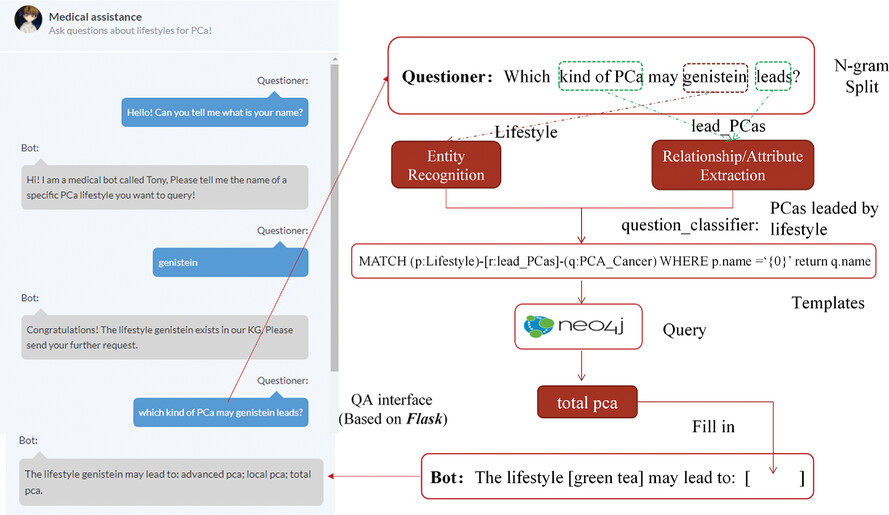
Personal lifestyle is an important cause of prostate cancer (PCa) and positive lifestyles will be important to the prevention of the disease. A knowledge graph is a convenient way to present the relationship between PCa and lifestyle. A healthcare chatbot was developed to answer basic questions about the association between PCa and lifestyle.
NAT10-mediated mRNA N4-acetylcytidine modification promotes bladder cancer progression
- First Published: 06 May 2022
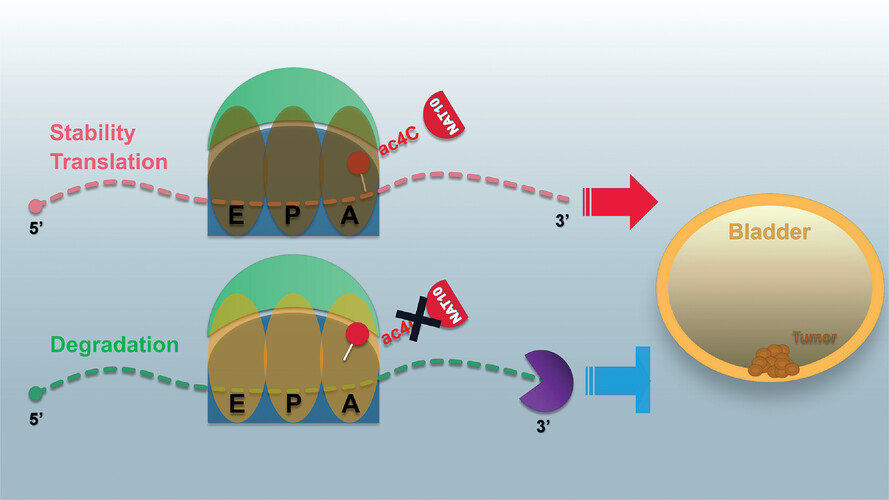
-
NAT10 is highly expressed in BLCA patients and its abnormal level predicts bladder cancer progression and low overall survival rate. NAT10 is necessary and sufficient for BLCA tumorigenic properties.
-
NAT10 is responsible for ac4C modification of target transcripts, including BCL9L, SOX4 and AKT1.
-
NAT10 may serve as an effective and novel therapeutic target for BLCA.
Comprehensive methylome sequencing reveals prognostic epigenetic biomarkers for prostate cancer mortality
- First Published: 30 September 2022
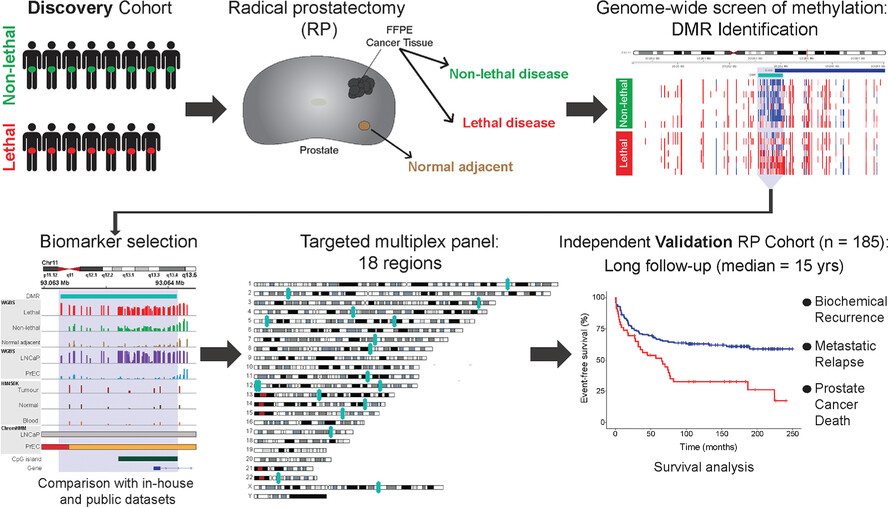
Comprehensive whole-genome bisulphite sequencing of prostate cancer tissue identified 1420 differentially methylated regions (DMRs) between patients with lethal disease versus non-lethal disease. DMRs were used to develop a targeted sequencing biomarker panel which validated cancer-specific methylation patterns in an independent cohort (n = 185). The epigenetic biomarker panel improves accuracy of identifying patients at risk of death compared to existing clinicopathological markers.
ORIGINAL ARTICLES
Altering phosphoinositides in high-fat diet-associated prostate tumor xenograft growth
- First Published: 28 October 2021
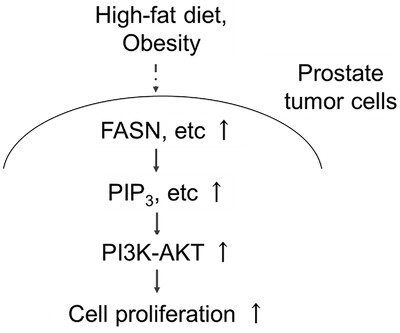
HFD-induced alteration of PIPs, especially PIP3, may activate proliferative signaling transduction, such as the PI3K/AKT pathway through the upregulation of FASN, and influence PCa progression. Therefore, PI3K/AKT signaling and FASN could be the important targets for dietary intervention and/or chemoprevention in PCa incidence and progression.
Cancer-specific survival after diagnosis in men versus women: A pan-cancer analysis
- First Published: 30 June 2022
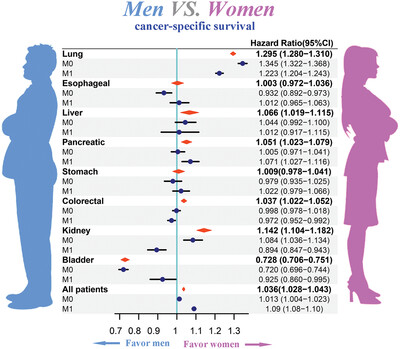
Comprehensive understanding of survival differences in gender after cancer diagnosis is critical for cancer prevention and treatment. We compared the gender differences of cancer-specific survival in lung, esophageal, liver, pancreatic, stomach, colorectal, kidney, and bladder cancer. Totally, gender seemed to be a significant factor influencing cancer-specific survival, and the prognosis of female patients was better than male patients.
Ferredoxin 1, the key regulator of cuproptosis, was associated with prognosis and immune cell infiltration in clear cell renal cell carcinoma
- First Published: 07 March 2023
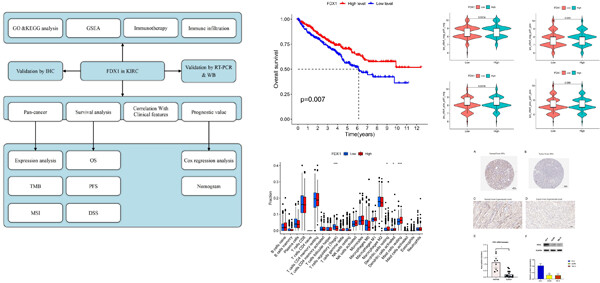
Ferredoxin 1 (FDX1) is a key gene in the process of Cuproptosis, and its expression level reflects the role of copper death in cell renal cell carcinoma (ccRCC) to a certain extent. For the first time, we used a combination of bioinformatics and experimental validation to explore the role of FDX1 in ccRCC prognosis, immunotherapy, and immune cell infiltration.
REVIEW ARTICLES
The landscape of TIGIT target and clinical application in diseases
- First Published: 08 December 2022
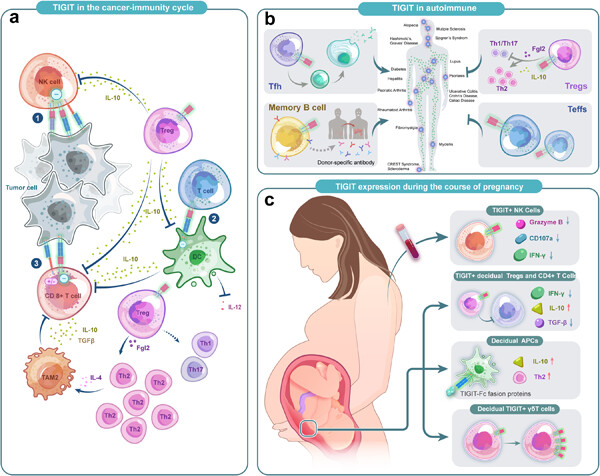
T-cell immunoglobulin and ITIM structural domain (TIGIT), a novel immune checkpoint, is widely expressed in a variety of immune cells. Recently studies have shown that TIGIT is extensively involved in various cancerous and noncancerous diseases such as chronic inflammation, autoimmune diseases, and abnormal pregnancy status. Thus, targeting TIGIT could be an effective immunotherapy option in the future.




